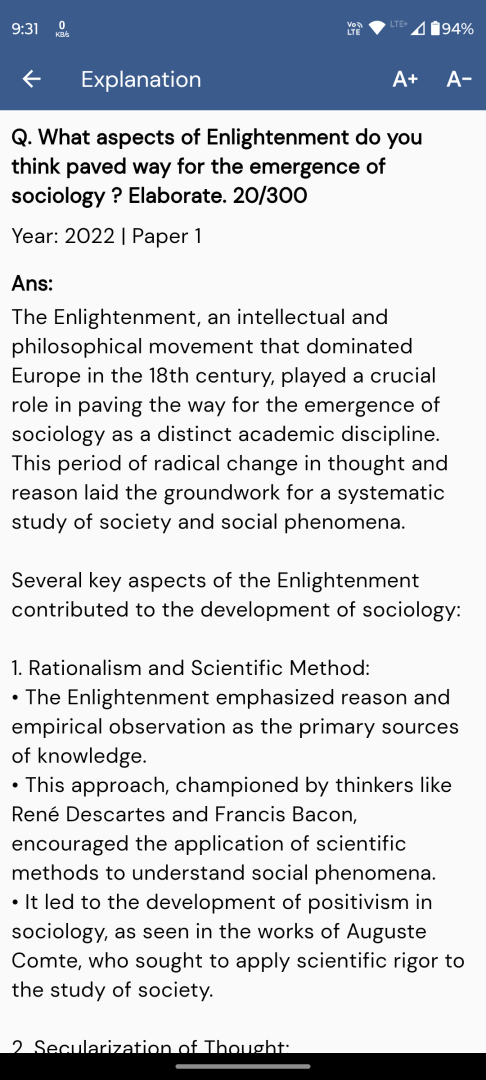Q. How Dalit movements in India have facilitated their Identity formation? Analyze.
UPSC Sociology 2025 Paper 2
Model Answer:
Dalit Movements and Identity Formation in India
Dalit movements have been instrumental in transforming a historically imposed, stigmatized identity into a self-defined, assertive political consciousness rooted in dignity and rights.
Rejection of Imposed Identities
The journey began with rejecting Brahmanical labels of ‘Untouchables’ based on Louis Dumont’s purity-pollution ideology. Even Gandhi’s term ‘Harijan’ was later rejected by Ambedkar as patronizing. The adoption of ‘Dalit’ (oppressed) transformed victimhood into conscious resistance, uniting various sub-castes under a single political identity.
Construction of Assertive Identity
– Ambedkar’s ideological foundation: Reframed caste from socio-religious problem to political question of rights and representation through “Annihilation of Caste”
– Religious rupture: Mass conversion to Buddhism (1956) represented complete break from Hindu hierarchy, offering egalitarian identity
– Cultural assertion: Dalit literature by writers like Namdeo Dhasal and Omprakash Valmiki created counter-narratives, fostering unique cultural memory
Political Mobilization
The Dalit Panthers (1970s) reflected militant assertion inspired by Black Panthers. Kanshi Ram’s ‘Bahujan’ concept broadened identity to unite Dalits, OBCs, and minorities for political power through BSP. This shift from protest to power marked the maturation of Dalit political consciousness.
Conclusion: Dalit movements facilitated transformation from passive, ritually-defined status to active political agency. As Gopal Guru notes, Dalits evolved from objects to subjects of history, fundamentally reshaping India’s socio-political landscape.





